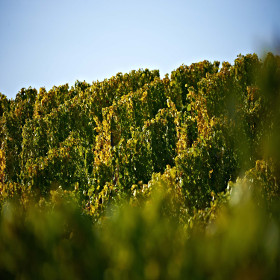Hagemann winery
We, the Hagemann family - live and work with 4 generations on our winery in the heart of Rheinhessen - Weinolsheim. With our family business we cultivate more than 29 hectares. Our vineyards are located within a radius of approximately 15 km, especially on the Rhine front in Dienheim and Oppenheim.
We do all the work, from pruning to the finished wine, ourselves and thus aim for the best quality and full-bodied and strong wines that mirror their variety.
You are also welcome to visit us on our winery for a wine tasting with an overnight stay in our guest house.
English and French speaking visitors are welcome.































